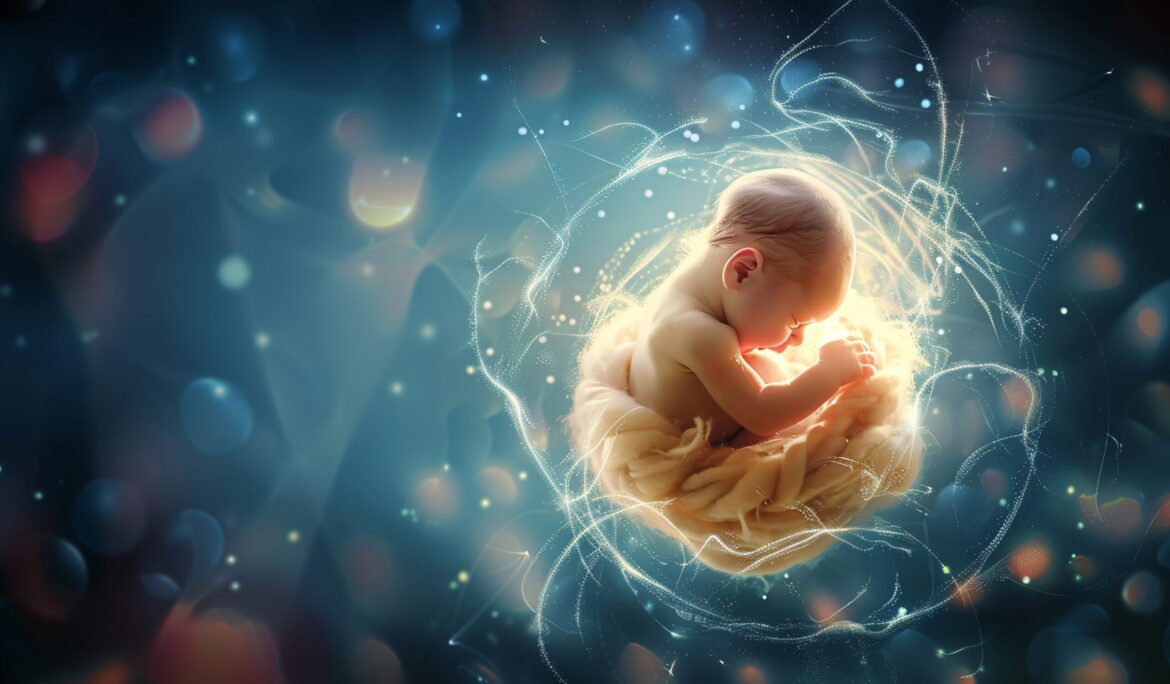Stages of Fetal Development: Week by Week Guide Through Pregnancy


Pregnancy is an incredible journey filled with many changes as your baby develops inside the womb. From conception to birth, your baby undergoes extraordinary growth at each stage. Here’s a comprehensive guide that explains how your baby grows week by week, along with size comparisons to help you visualize the development. Below is a summary table of the stages of fetal development during pregnancy:
| Trimester | Weeks | Key Developments | Baby’s Size |
|---|---|---|---|
| First Trimester | 1-12 | Fertilization, organ formation, heartbeat, development of limbs | Poppy seed to plum |
| Second Trimester | 13-26 | Growth spurt, facial features, movement felt by the mother, senses develop | Lemon to cauliflower |
| Third Trimester | 27-40 | Rapid weight gain, lungs mature, baby prepares for birth | Eggplant to watermelon |
What Happens in the First Trimester (Weeks 1-12)?
The first trimester is the foundation of your baby’s development, where the most crucial processes take place.
- Weeks 1-4: Fertilization occurs, and the fertilized egg implants in the uterus. The embryo begins developing, and a primitive heart tube forms and starts beating.
- Weeks 5-8: The baby’s organs, including the brain, spinal cord, and heart, begin forming. By week 8, the embryo becomes a fetus, and its limbs start to form.
- Weeks 9-12: The baby’s heart is fully developed, fingers and toes are visible, and facial features begin to take shape. By the end of the first trimester, the baby is about the size of a plum.
What Happens in the Second Trimester (Weeks 13-26)?
The second trimester is often the most comfortable stage of pregnancy for many women, as early symptoms like morning sickness subside, and your baby begins to grow rapidly.
- Weeks 13-16: The baby’s bones begin to harden, and it can make movements like kicking and stretching. You may start to feel these movements, known as “quickening.”
- Weeks 17-20: The baby’s skin is developing, and a fine layer of hair called “lanugo” covers its body. By week 20, the baby can hear sounds from outside the womb.
- Weeks 21-26: The baby continues to grow and develop senses. Its eyes begin to open, and it can respond to light. By the end of the second trimester, the baby is about the size of a cauliflower.
What Happens in the Third Trimester (Weeks 27-40)?
The third trimester is the final stretch of pregnancy, where the baby prepares for birth.
- Weeks 27-30: The baby’s lungs are maturing, and it can practice breathing motions. The baby continues to gain weight rapidly.
- Weeks 31-34: The baby is now fully developed, and its senses are highly active. You may notice your baby reacting to external stimuli like light or sound.
- Weeks 35-40: The baby is getting ready for birth, turning into the head-down position. By week 40, the baby is about the size of a watermelon, and labor can happen at any time.

Frequently Asked Questions (FAQ)
When does the baby’s heart start beating?
The baby’s heart starts beating around 5-6 weeks into pregnancy. You can usually hear it on an ultrasound by 8-10 weeks.
When will I feel my baby move?
Many women start feeling their baby move (quickening) between 16-20 weeks of pregnancy. First-time mothers may feel movement a little later.
How big is my baby at 20 weeks?
At 20 weeks, your baby is about the size of a banana, measuring around 6.5 inches in length from head to bottom.
When do the baby’s lungs fully develop?
The baby’s lungs continue to develop throughout the pregnancy, but they are usually mature enough to function outside the womb by 37-38 weeks.
What happens if my baby is born early?
Babies born after 37 weeks are considered full-term, but those born between 28-37 weeks are classified as premature. Advances in medical care mean that many premature babies can grow and develop well with appropriate medical support.
When does the baby turn head-down for birth?
Most babies turn into the head-down position between 32-36 weeks in preparation for birth. However, some may turn later, or in rare cases, stay in a breech position.
Conclusion
Understanding the stages of fetal development helps you stay informed about your baby’s growth and what to expect each week of pregnancy. From the first tiny heartbeat in the early weeks to preparing for birth in the final trimester, each stage is full of milestones. Remember, every pregnancy is unique, so it’s essential to consult your healthcare provider regularly to monitor your baby’s development and your health.



